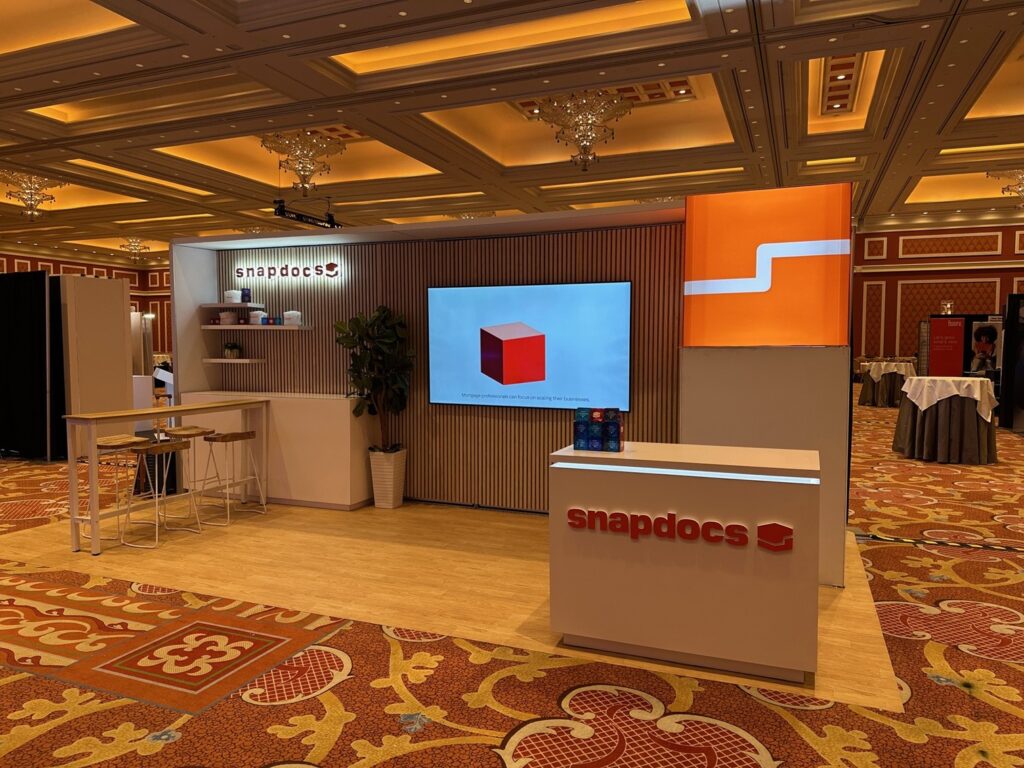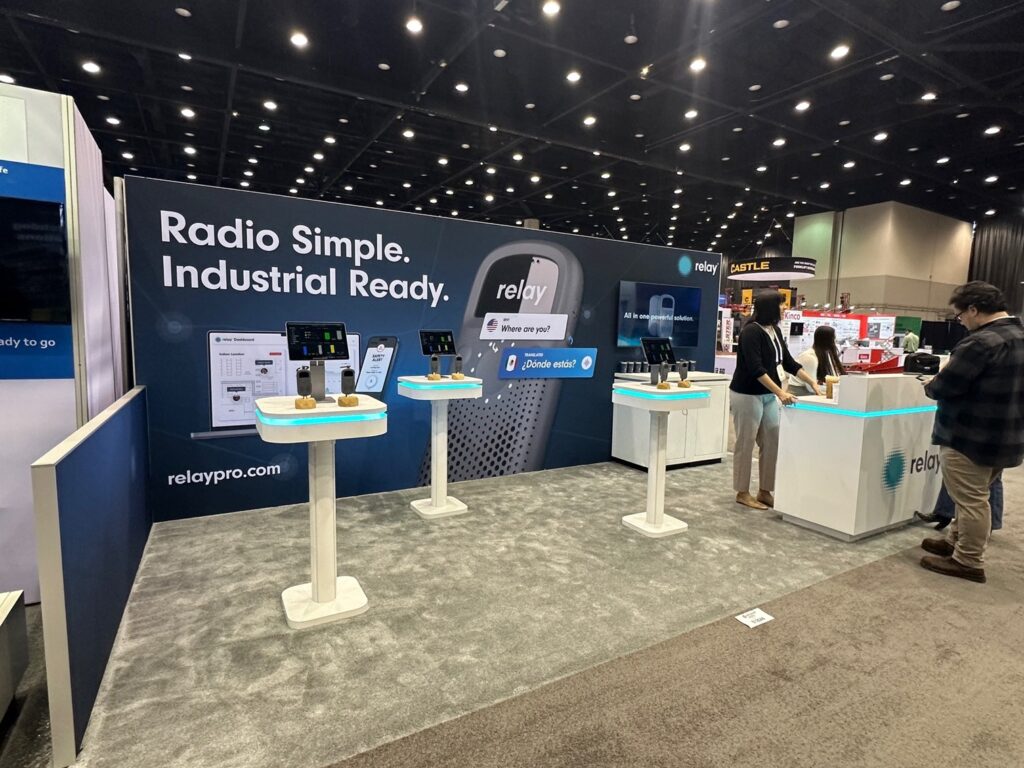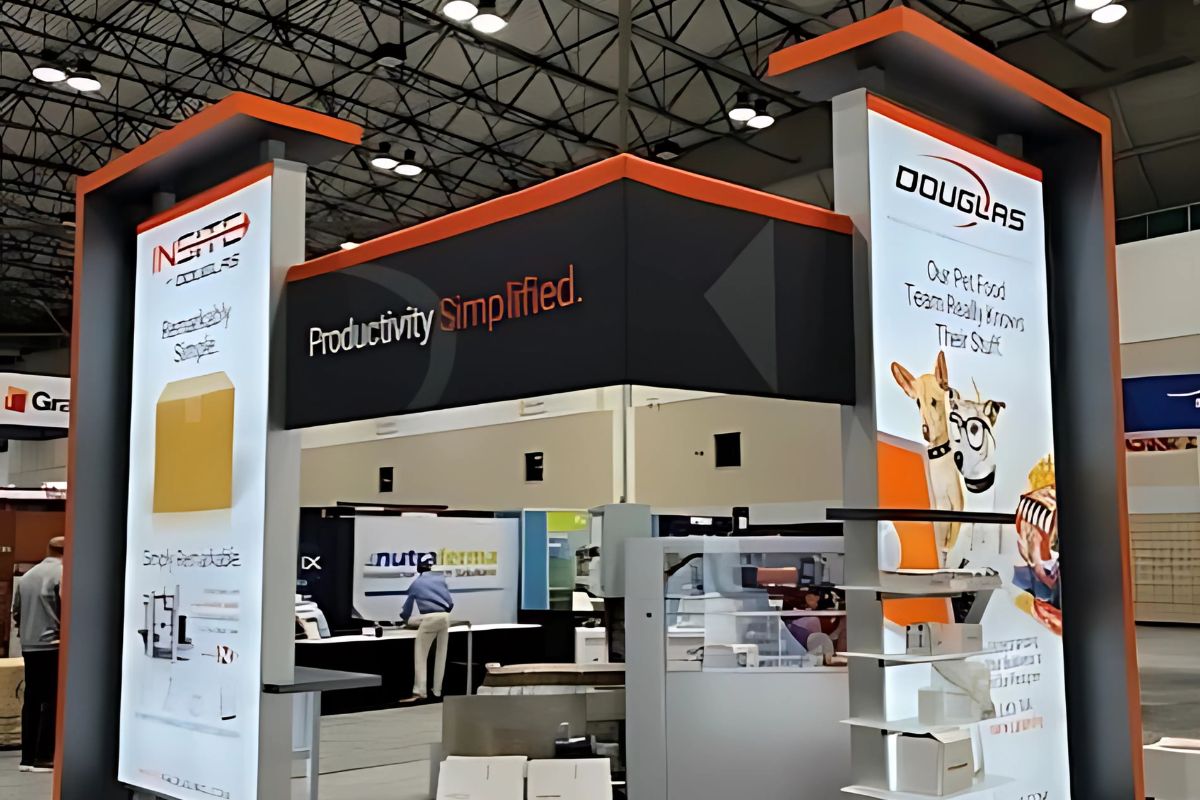Trade show budgets feel like they’re shrinking while expectations keep climbing—sound familiar? Last month, I sat across from a VP who was staring at a $2M annual events budget that needed to cover five major shows, deliver measurable ROI, and somehow leave room for innovation. The kicker? Her CEO had just asked why their competition’s booth at CES generated three times more qualified leads.
I’ve had this exact conversation dozens of times. Here’s what I’ve learned: engineering a high-performance conference booth design isn’t about throwing money at the problem—it’s about smart choices that maximize attendee engagement while keeping your CFO happy. Over the past decade, we’ve helped Fortune 500 brands completely transform their trade show game, and honestly, the strategies that work might surprise you.
The Enterprise Trade Show Reality Check
Why Traditional Booth Design Approaches Miss the Mark
Most exhibit design conversations start with the wrong question. I hear it all the time: “What can we afford?” when they should be asking “What’s going to actually move the needle?” This backwards thinking explains why—and I’ve seen the data—60% of trade show exhibits fail to generate decent leads. Here’s what keeps me up at night: Enterprise brands like yours face challenges that small-business advice completely ignores. You’re not just managing one booth—you’re running a complex operation across CES, IMTS, NRF, and whatever industry shows matter to your business. Each event needs to feel custom while somehow maintaining brand consistency and not driving your operations team crazy.
The Real Cost of Winging It
I’ve audited hundreds of trade show programs over the years, and the pattern breaks my heart every time: companies that treat booth design like an afterthought typically blow their budget by 40-60% while getting mediocre results. The usual suspects? Panic-driven last-minute changes, booth layouts that look pretty but don’t actually work, and promotional materials that completely miss what attendees actually care about. Last year, I walked a manufacturing client’s booth at IMTS—beautiful graphics, expensive setup, dead silence. Their team was standing around looking defeated while competitors down the aisle had lines of people waiting to talk. That’s not a budget problem; that’s a strategy problem.

Starting With Strategic Exhibit Foundations
1. Start with Numbers, Not Hunches
Look, I get it—booth layout feels like it should be creative. But your booth layout should be engineered based on real data, not what looks cool in a rendering. We dig into visitor engagement analytics from similar events to predict exactly where people will walk and where they’ll stop. Case in point: Last year’s IMTS project with that manufacturing client I mentioned? We completely redesigned their island exhibit based on traffic flow data. Instead of the traditional “pretty backdrop with a desk in front” approach, we created natural conversation zones where people actually wanted to linger. Result? 73% increase in qualified conversations. Not total booth visits—actual quality leads.
What actually works:
- Study how people move through similar trade show floors (spoiler: they don’t read signs)
- Put your most engaging interactive elements where crowds naturally gather
- Create multiple ways for potential clients to engage without feeling trapped
- Design sight lines that pull people in gradually, not all at once
2. Build Smart, Not Just Pretty
Here’s something that’ll save you a fortune: stop designing custom exhibits for every single show. I know, I know—your brand team wants everything to look “fresh and exciting.” But what if I told you that modular components could cut your costs by 35% while actually improving your results? We built a system for a tech client who hits five conferences every year. Same core components, different configurations. The visual appeal stayed strong, but their logistics headaches disappeared. Setup went from a three-day nightmare to a smooth one-day operation. Their team could focus on what actually mattered—talking to customers. The magic is in standardized backlit displays that swap graphics, portable interactive stations that work anywhere, and a graphics system that adapts to any booth rental configuration. It sounds boring, but boring systems that work beat beautiful chaos every time.
3. Technology That Actually Helps (Not Just Impresses)
Let me be straight with you about artificial intelligence and machine learning in trade show booths: most of it is expensive showboating. But when used right? Game changer. We recently helped a client implement AI-powered lead qualification stations. Not flashy robots, just smart kiosks that could answer technical questions, capture attendee data, and—here’s the key—free up their sales team to have actual conversations with qualified prospects. The interactive elements handled the tire-kickers while their experts focused on closing deals.
Technology that actually pays for itself:
- AI kiosks that qualify leads before they hit your sales team
- Interactive product demos that let people explore at their own pace
- Real-time data visualization that shows your solutions solving actual problems
- Social media integration that extends your reach beyond the trade show floor (because most of your target audience isn’t even there)

High-Impact, Budget-Friendly Booth Design Strategies
Why Experience Beats Theory Every Time
Look, anyone can tell you to “optimize your booth design.” What matters is having walked the walk. We’ve handled over 1,000 installations across every major U.S. venue, and frankly, we’ve made every mistake in the book so you don’t have to. Recently, we worked with a Fortune 500 financial services company whose CEO was ready to pull the plug on their entire trade show program. Their costs kept climbing while results stayed flat. Sound familiar? We didn’t just redesign their booth—we re-engineered their entire approach. The result? 25% cost reduction and 180% increase in meaningful interactions. Their secret weapon wasn’t a bigger budget; it was a smarter strategy.
What actually moved the needle:
- Pre-event research that told us exactly what their target audience cared about (not what the company thought they cared about)
- Booth rental optimization that maximized every square foot
- Sustainable materials that reduced both costs and setup headaches
- Event management that treated logistics as strategy, not afterthought
The Hidden Cost of DIY Disasters
Companies that try to handle exhibit design internally usually discover these painful truths:
- Setup costs somehow end up 40% higher than estimates (there’s always “just one more thing”)
- Missed opportunities because they didn’t know what questions to ask
- Brand inconsistency that confuses attendees across multiple events
- Team burnout from managing logistics that have nothing to do with their actual expertise Last month, I got a panicked call from a VP whose team had spent six months planning their booth, only to discover three weeks before the show that their design wouldn’t work with the venue’s power requirements. Six months of work, completely wasted. That’s not a budget problem—that’s an experience problem.
Solutions for Common Booth Challenges
Start Here (Seriously, This Week)
- Get honest about your numbers – Most companies track how many people walked by their booth but have no idea how many turned into actual opportunities. Fix that first.
- Question your exhibit rentals approach – If you’re working with different vendors for different shows, you’re probably leaving money on the table. Long-term partnerships usually beat project-by-project shopping.
- Look at your promotional materials with fresh eyes – If they look like they could be for any company in your industry, they’re not working hard enough.
- Stop overloading your team – If your marketing team is spending more time on logistics than strategy, something’s wrong. Strategic partnerships should free your people to do what they do best.
Think Bigger (The 3-Year View)
The companies that dominate trade shows don’t think about individual events—they think in cycles. This long-term perspective changes everything:
- You can negotiate better deals when vendors know they’re working with you for years, not just one show
- Your brand recognition compounds when attendees see consistent, professional presence
- Your targeting gets sharper as you learn what actually works with your audience
- Your team gets better at what matters instead of constantly reinventing logistics I’ve watched companies transform their entire market position by treating trade shows as strategic investments rather than necessary evils. The difference is night and day.
Real-World Success on a Budget Booth
The most impressive booths are rarely the most expensive. Some of the best budget tradeshow booths I’ve seen include:
- A software company that transformed its 20×20 space into a mini-theater with pipe-and-drape and clever seating, consistently drawing 15-person crowds for their 7-minute demos
- A startup whose stunning conference kiosk used locally-sourced materials and strategic lighting for under $3,000, winning “Best in Show” against competitors with 6-figure budgets
- A manufacturing firm whose interactive trade show booth setup generated triple the leads of competitors with spaces twice the size, all because they focused on solving one specific pain point brilliantly
The Bottom Line: Focus on Engagement, Not Just Exposure
Engineering a high-performance conference booth design on limited resources isn’t about penny-pinching—it’s about being strategically smart so every dollar works harder. The companies that win at trade shows understand that success comes from combining real insights with proven execution, not from having the biggest budget. Your next major trade show is a chance to prove that smart strategy beats unlimited spending. The question isn’t whether you can afford to work with exhibit design experts—it’s whether you can afford to keep getting mediocre results while your competition walks away with the leads that should be yours. I’ve seen this transformation happen dozens of times. Companies that were ready to give up on trade shows entirely become the ones everyone else tries to copy. The difference isn’t magic—it’s just experience applied strategically. Ready to stop leaving money on the table? Let’s talk about how our proven approach can turn your next conference into the lead generation machine it should be. Schedule a strategic consultation with Brave Exhibits today—no sales pitch, just honest conversation about what’s actually possible for your program.



